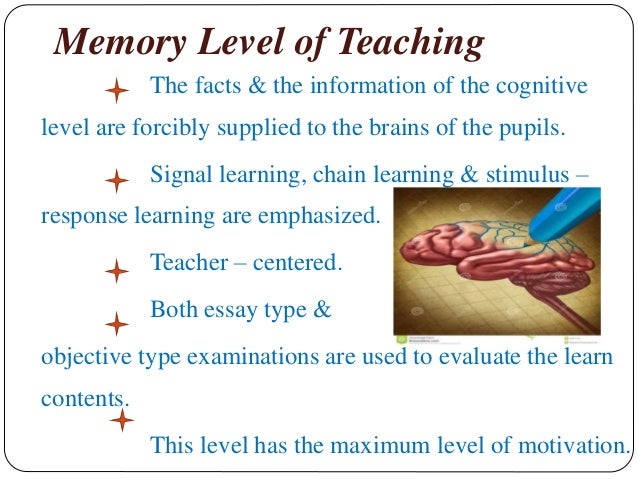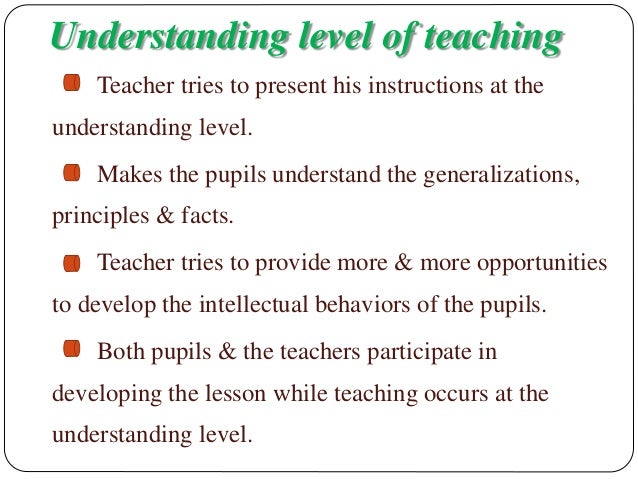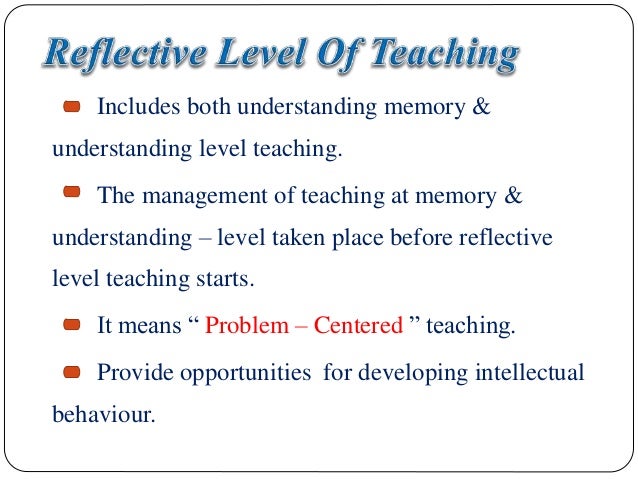INTRODUCTION
The Payment of Wages Act, 1936regulates the payment of wages ofcertain classes of employed persons.It extends to the whole of Indiaand it came into force on 28th March
1937.
Objective of this act
• To avoid unnecessary delay in the payment of wages.
• To prevent unauthorized deductions from wages.
Applicability of this act:
• This act applies to an employed person whose wage does not exceed twenty-four thousand rupees per month.
Application of the act
Industrial or other establishment includes the following:
•Tramway or motor transport service engaged in carrying passengers
or goods or both for hire or reward.•Air transport service other than such service which is exclusively
employed in the military, naval or air forces or the civil aviation
department.•Dock, wharf, or jetty.Inland vessel, mechanically propelled. Mine, quarry, or
oilfield.
•Plantation
•Any workshop or establishment is included if it involves the
production, adaption, or manufacturing of articles for use, transport,
or sale
•Any establishment in which work relating to the construction,
development, or maintenance of buildings, roads, bridges or canals,
navigation, irrigation, or distribution of electricity or any other
form of power is being carried on.
•Any other establishment notified by the appropriate government
Fixation of wage period (sec-4)
• A wage-period shall not exceed one month.
• Wages shall be paid before the expiry of the seventh day and
tenth day if the person is employed in an establishment in
which less than one thousand persons and more than one
thousand are employed respectively.
•If a person is employed on a dock, wharf or jetty or in a mine, the
balance of wages shall be paid before the expiry of the seventh day
from the day of such completion. If the employment of any person is
terminated by the employer, the wages shall be paid before the expiry of the second working day
•If the employment of any person is terminated due to the
closure of the establishment, the wages shall be paid before the
expiry of the second day.
Deductions
•The total amount of deductions from the wages of an
employed person shall not exceed 50%, but in case of
payments to co-operative societies it can be made up to 75%.
•The total amount of fine imposed in a wage-period on any
employed person shall not exceed an amount equal to three
percent of the wages.
•A fine shall not be imposed on any employed person
who is under the age of fifteen years.
Authority under payment of wages act
•The appropriate government may appoint the following as the authority to hear and decide the claims related to the deductions or delay in wages:
Any commissioner for Workmen's Compensation act or
Any Regional Labour Commissioner (appointed by the central gov) or
Any Assistant Labour Commissioner (central) with at least two years’ experience or
Assistant Labour Commissioner (state) with at least two years’
experience or
A presiding officer of any Labour Court or
Industrial Tribunal constituted under the Industrial Disputes Act, 1947 or under any corresponding law or Judge of a Civil Court or a Judicial Magistrate.
SOME IMPORTANT POINTS
• Fine imposed on any person is not recoverable after the expiry of 90 days from the date of imposition.
•The authority may direct the employer: To refund the deducted
amount together with the compensation not exceeding ten times.
•To pay the delayed wages together with the compensation not
exceeding three thousand rupees but not less than one thousand five
hundred rupees.
•The authority may direct the employer to pay the maximum
compensation of two thousand rupees, even if the amount
deducted or delayed wages are paid before the disposal of the
application.
• If the authority is satisfied that the application is either malicious
or vexatious, it may direct the person who presented the
application to pay a penalty not exceeding three hundred seventy five rupees to the employer.
• If a person who is required to nominate or designate a person
under section 3 (responsibility for payment of wages) fails to do so,
such person shall be punishable with a maximum fine of three
thousand rupees.
PENALTIES
Penalties
•If a person who is required to maintain records or registers or to
furnish any information or return, does the following: then he shall be
punishable with fine which shall not be less than one thousand five
hundred rupees but may extend to seven thousand five hundred
rupees:
•Fails to maintain such a register or record.
•Willfully refuses to furnish such information or furnishes false
information or return or refuses to answer some information that is
required to be furnished under this act.
• If a person wilfully obstructs an inspector or refuses to produce any register or document demanded by the inspector or refuses to afford an inspector any reasonable facility for making the inspection shall be punishable with a fine which shall not be less than one thousand five hundred rupees but may extend to seven thousand five hundred rupees.
• If any person is convicted again of an offence involving
contravention of the same provision, then he shall be punishable with
imprisonment for 1-6 months with fine which shall not be less than
(3750)three thousand seven hundred fifty rupees but may extend to
(22500)twenty-two thousand five hundred rupees.
•If any person fails or willfully neglects to pay the wages by the
date fixed by the authority, he shall be punishable with an additional
fine which may extend to seven hundred fifty rupees for each day
for which such neglect continues.
✍Written By,
















